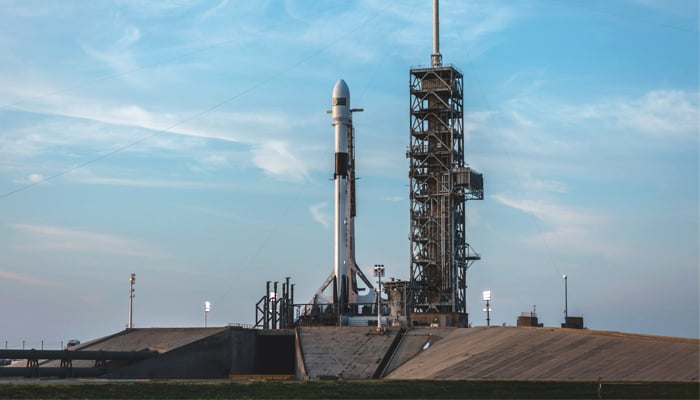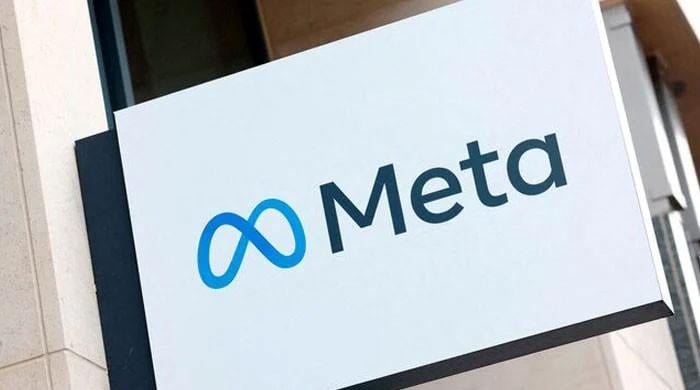SpaceX launches new rocket primed for future crewed missions
The flight comes a day after the original launch countdown was halted a minute before blastoff time due to a technical problem
May 12, 2018

CAPE CANAVERAL: An updated version of the SpaceX Falcon 9 rocket, tailored for eventual crewed missions into orbit, made its debut launch on Friday from Florida’s Cape Canaveral, carrying a communications satellite for Bangladesh.
The newly minted Block-5 edition of the Falcon 9 — equipped with about 100 upgrades for greater power, safety and reusability than its Block-4 predecessor — lifted off at 4:14 PM EDT (2014 GMT) from the Kennedy Space Center.
Minutes later, the Block-5’s main-stage booster flew itself back to Earth to achieve a safe return landing on an unmanned platform vessel floating in the Pacific Ocean.
The recoverable booster for the Block-5 is designed to be reused at least 10 times with minimal refurbishment between flights, allowing more frequent launches at lower cost — a key to the SpaceX business model.
Enhanced rocket reusability also is a core tenet of SpaceX owner and billionaire entrepreneur Elon Musk’s broader objectives: making space travel commonplace and ultimately sending humans to Mars.
The flight came a day after the original launch countdown was halted one minute before blastoff time due to a technical problem detected by the rocket’s onboard computers. Friday’s second attempt by SpaceX, formally known as Space Exploration Technologies, appeared to have gone off without a hitch.









